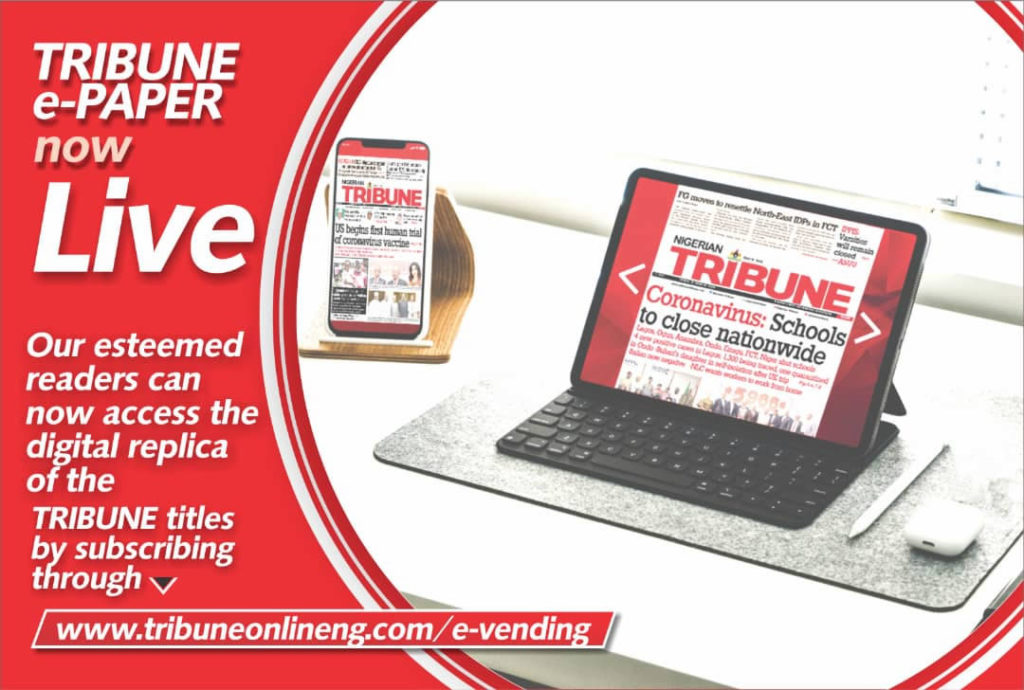Mrs. Temitope Mark-Odigie
Introduction
We are in the middle of a clear media change. The move from the traditional form of broadcasting to new media is a big change in the behaviour of audiences. As Statista says, in 2024, more than 3.6 billion people watched online video, and this number is set to go past 4.6 billion by 2027. At the same time, those who listen to podcasts keep going up, with 464.7 million folks around the world listening now in 2023, says Demand Sage.
Going live on TV for the first time still brings on an adrenaline rush. It was electric—the smooth feel of the set, the scripted rundown in my hand, the gleaming “ON AIR” sign. Years of broadcasting have taught me how to connect with listeners I couldn’t even see, time my voice inflections for effect, and speak clearly. But these days, that same level of enthusiasm is seen on quite different mediums: YouTube premieres, Instagram Lives, Twitter Spaces, or even podcast uploads.
The writing on the wall was now very clear for me, especially as a seasoned traditional broadcaster, as possessing a superb voice and a devoted on-air viewership no longer takes the cut. People were changing, and I had to change as well. Thus, I started a personal trip of adaptation—and found that old broadcasting techniques are not completely obsolete but can be modified to fit in the virtual world where they are under-leveraged.
The Timeless Power of Traditional Skills
Let me start by saying that storytelling is still king. Whether I am reading a news report on FM or performing a personal anecdote on a podcast, it is the emotional hook that draws in the audience. Old-school broadcasters know their business. We know how to begin with a tease, build tension, and end with a punch.Our voice control, as well, is an unsung hero. The majority of online creators still struggle with pacing, enunciation, and modulation. I’ve seen viral TikTok creators struggle as they attempt to maintain energy or convey lines with punch in longer formats. That’s where we have the edge.
Interviewing is yet another core strength. Decades of on-air interviewing enabled me to perfect the craft of asking questions that matter, listening carefully, and guiding conversations. At a time when unstructured “talk shows” on YouTube and Instagram Live are taking up space, this is a skill set that can elevate content instantly.
The Online Evolution
Traditional broadcasters need to learn that applying these skills to online media isn’t a copy-paste. The rules are different. Algorithms replace program schedulers. Viewer retention graphs replace Nielsen ratings. And audience attention spans? Let’s just say they now operate in seconds, not minutes.
TV shows I anchor now feature instantaneous feedback from live audiences. This form of media convergence is taking broadcasting to a whole new level. Gone are the days where broadcasters present messages hook, line, and sinker to audiences that might be passive. The online era has set a dimension for massive immediate engagement. I later learnt that the first 15 seconds of a presentation now determine whether viewers stay or click away. I had to learn hook-writing all over again, not for traditional intros but for digital thumbnails and video titles.
The era of short-form content—platforms like TikTok and Instagram Reels require you to be concise, visual and interactive. Here, my background in scripting and timing helped me develop snappy, informative content. I condensed my three-minute radio commentaries into 60-second reels and snippets with captions, transitions and call-to-actions.
Balancing the Best of Both Worlds
What I have also realised is that the real magic lies in blending. For instance, the “Your View” show isn’t a conventional TV show that is pre-recorded and aired at scheduled times — it’s live, allowing audiences from all over social media platforms to join in and engage with comments and reactions in real-time, an experience seldom allowed in traditional radio.
Yet, the largest difference lies in audience interaction. Traditional broadcasting was mostly a one-way street. You spoke, and they listened. But online, the crowd replies back through comments, DMs, likes, and shares. I had to learn to listen openly, converse frequently, and commit to my presence. It’s no longer about broadcasting. It now boils down to building a community.
Strategies That Work
- Start Small, Start Authentic: You don’t need a fancy studio full of different professionals as it is in the traditional broadcasting space. You can kick things off with just a smartphone, a ring light, and a quiet corner. Remember, consistency is way more important than having the best gear.
- Repurpose Content: If you’ve got a radio/TV show or some old recordings lying around, why not edit them into formats that work online? Snip out the highlights, add some subtitles, and share them.
- Learn Basic Digital Tools: I had to take a few short courses on Canva for visuals, CapCut for video editing, and YouTube SEO. Trust me, these skills made a huge difference.
- Collaborate with Younger Creators: Teaming up with digital natives on my TV show gave me a fresh take on content trends, while I was able to share my insights on presentation and structure.
- Track What Works: Keep an eye on analytics. Unlike traditional ratings, online platforms provide instant feedback—like watch time, click-through rates, and audience retention.
Challenges
The transition has had its ups and downs. The task of juggling traditional work, editing, and posting was an overwhelming experience. In a new place where your legacy is not significant, there is also an emotional challenge of starting over. It didn’t matter if I won any professional award, as a 20-year-old was browsing through the YouTube app.
The outcomes have been a source of satisfaction. I’ve been getting a huge number of online engagements, which somewhat reflect that my brand identity is not reliant on station frequency, but rather on my personal style, personality, and social circle.
Conclusion
To any broadcaster who’s on the fence about taking the plunge, I’d like to say this: while the media landscape might shift, the heart of our work—to inform, entertain, and bring people together—stays the same. Our abilities aren’t outdated relics. They’re potent assets ready to make their mark in a new era.
The road ahead isn’t about picking sides between old-school and digital methods. It’s about blending the two with courage, smarts, and imagination. And if my own path is any indicator, that future isn’t just coming—it’s already here.
Mrs. Temitope Mark-Odigie, a distinguished TEDx Speaker, Communication Expert, Business Strategist, and Real Estate Coach, has a proven track record of inspiring transformation through education, advocacy, and practical solutions.






